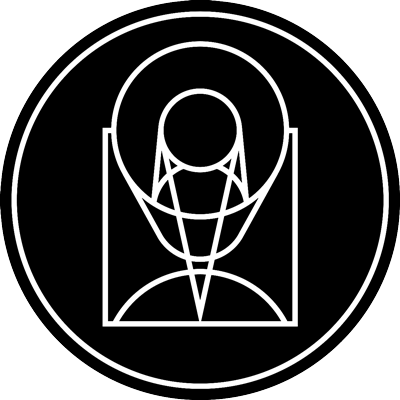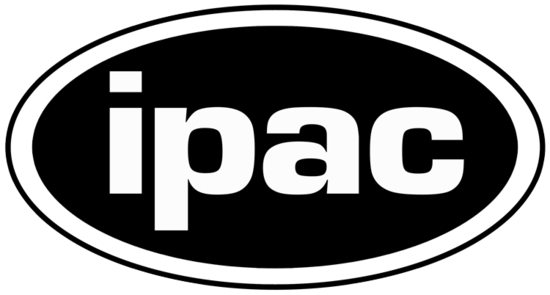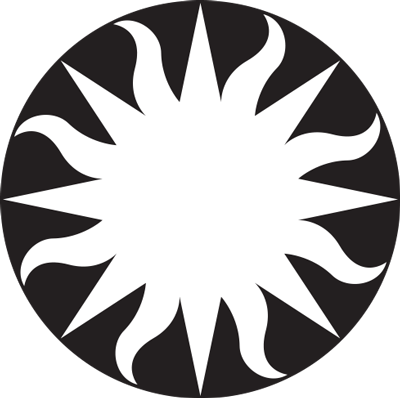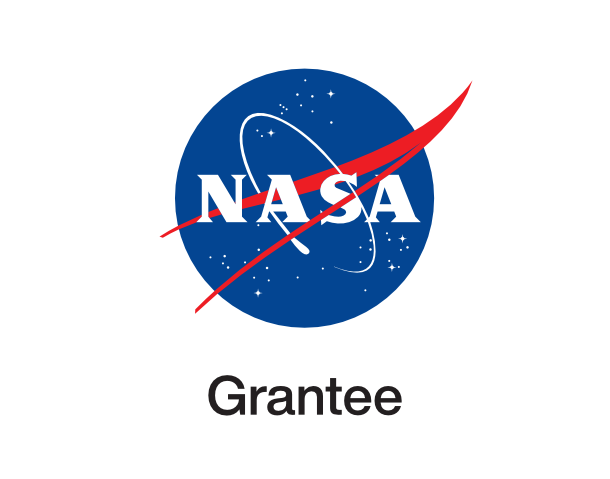The squid and the whale

esahubble_potw2515a April 14th, 2025
Credit: ESA/Hubble & NASA, L. C. Ho, D. Thilker
Today’s rather aquatic-themed NASA/ESA Hubble Space Telescope Picture of the Week features the spiral galaxy Messier 77, also known as the Squid Galaxy, which sits 45 million light-years away in the constellation Cetus (The Whale). The designation Messier 77 comes from the galaxy’s place in the famous catalogue compiled by the French astronomer Charles Messier. Another French astronomer, Pierre Méchain, discovered the galaxy in 1780. Both Messier and Méchain were comet hunters who catalogued nebulous objects that could be mistaken for comets. Messier, Méchain, and other astronomers of their time mistook the Squid Galaxy for either a spiral nebula or a star cluster. This mischaracterisation isn’t surprising. More than a century would pass between the discovery of the Squid Galaxy and the realisation that the ‘spiral nebulae’ scattered across the sky were not part of our galaxy and were in fact separate galaxies millions of light-years away. The Squid Galaxy’s appearance through a small telescope — an intensely bright centre surrounded by a fuzzy cloud — closely resembles one or more stars wreathed in a nebula. The name ‘Squid Galaxy’ only came about recently. This name comes from the extended, filamentary structure that curls around the galaxy’s disc like the tentacles of a squid. The Squid Galaxy is a great example of how advances in technology and scientific understanding can completely change our perception of an astronomical object — and even what we call it! A Hubble image of the Squid Galaxy was previously released in 2013. This new version incorporates recent observations made with different filters and updated image processing techniques. [Image Description: A close-up of a spiral galaxy, seen face-on. Its center glows brightly. From the sides of the galaxy’s core emerge spiral arms which wind through the round disc of the galaxy, filled with shining pink spots where stars are forming and more dark-red dust. Some faint stars can be seen around the galaxy, as well as a particularly bright star in the lower left of the image.] Links: Pan video: Messier 77
Provider: Hubble Space Telescope | ESA
Image Source: https://esahubble.org/images/potw2515a/
Curator: ESA/Hubble, Baltimore, MD, United States
Image Use Policy: Creative Commons Attribution 4.0 International License

- ID
- potw2515a
- Subject Category
- Subject Name
- Messier 77
- Credits
- ESA/Hubble & NASA, L. C. Ho, D. Thilker
- Release Date
- 2025-04-14T06:00:00
- Lightyears
- Redshift
- Reference Url
- https://esahubble.org/images/potw2515a/
- Type
- Observation
- Image Quality
- Distance Notes
- Facility
- Hubble Space Telescope, Hubble Space Telescope, Hubble Space Telescope, Hubble Space Telescope, Hubble Space Telescope, Hubble Space Telescope
- Instrument
- WFC3, WFC3, WFC3, WFC3, WFC3, ACS
- Color Assignment
- Purple, Purple, Blue, Green, Red, Red
- Band
- Ultraviolet, Optical, Optical, Optical, Optical, Optical
- Bandpass
- UV, U, B, V, I, N II
- Central Wavelength
- 275, 336, 438, 555, 814, 658
- Start Time
- Integration Time
- Dataset ID
- None, None, None, None, None, None
- Notes
- Coordinate Frame
- ICRS
- Equinox
- J2000
- Reference Value
- 40.66938005768891, -0.01318393119706768
- Reference Dimension
- 3774.0, 4101.0
- Reference Pixel
- 1887.0, 2050.5
- Scale
- -1.1002251759988707e-05, 1.1002251759988707e-05
- Rotation
- 30.080000000000112
- Coordinate System Projection:
- TAN
- Quality
- Full
- FITS Header
- Notes
- Creator (Curator)
- ESA/Hubble
- URL
- https://esahubble.org
- Name
- Telephone
- Address
- ESA Office, Space Telescope Science Institute, 3700 San Martin Dr
- City
- Baltimore
- State/Province
- MD
- Postal Code
- 21218
- Country
- United States
- Rights
- Creative Commons Attribution 4.0 International License
- Publisher
- ESA/Hubble
- Publisher ID
- esahubble
- Resource ID
- potw2515a
- Resource URL
- http://esahubble.org/media/archives/images/original/potw2515a.tif
- Related Resources
- Metadata Date
- 2025-04-15T19:59:15.143446
- Metadata Version
- 1.1
Detailed color mapping information coming soon...















